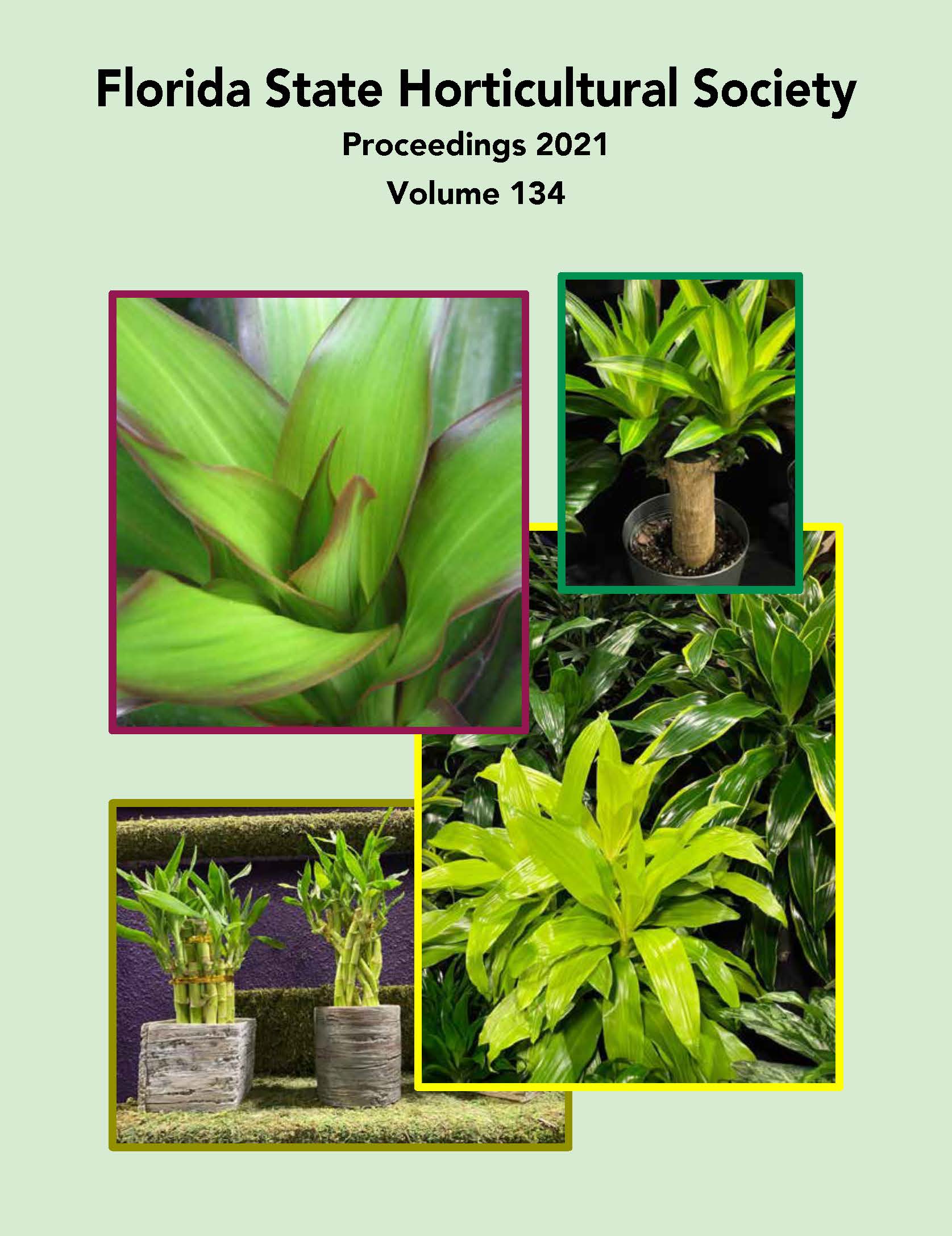Resumen
The name metepantle comes from the Náhuatl metl (maguey) and pantle (between), which literally means between magueys (agaves). It is an agroforestry system in the central highlands of Mexico that has lasted for more than a thousand years. We felt it was important to record how this system combined functions that have allowed it to last for 54 years in the community of La Reforma, Tlaxcala. The main component of the metepantle is the maguey (Agave atrovirens), which is established in a rows, interspersed with prickly pear cactus, fruit and timber trees. Alley crops, mainly small grain cereals, vegetables, or maize are established between the lines of maguey. Maize is managed under the traditional milpa system, which combines beans (Phaseolus vulgaris), ayocote (P. coccineus, [runner beans]), broad beans [Vicia faba, (fava beans)] and squash or pumpkin (Cucurbita pepo). This agroforestry system produces multiple products such as grains, legumes, fruits, vegetables, construction materials, firewood, fodder, aguamiel [fermented maguey sap (pulque)], maguey stalks, and mixiote (parchment or film-like membrane of maguey used to wrap meat dishes). The metepantle provides habitat for wildlife, bees, and livestock. It helps retain water and soil on steep slopes, helps conserve agrobio-diversity, and supplies ingredients for the traditional cuisine of the central highlands. The metepantle allows farmers to manage different products which provide economic resources and different foods throughout the year. It has been able to combine multiple components, be resilient and adaptable to climate change, and remain productive for 54 years.

